7 Predictions For Ducati's Future Electric Motorcycle

Our wish list for an electric Ducati
In case you missed it, Ducati boss Claudio Domenicali recently announced the company will be putting an electric motorcycle into production sooner rather than later. If you must know, his exact words were, “The future is electric and we’re not far from beginning production of the series.” He was speaking during the podium celebrations for a student-run racing series in which the Ducati-supported University of Bologna’s UniBo rookie team took third in the electric class.
As expected, this set the moto industry ablaze, as 2019 already appears to be the year of the electric motorcycle, with Harley-Davidson hyping the LiveWire and two concepts, Energica supplying machines for the inaugural MotoE series, Zero hyping an all-new platform next month, and even Lightning Motorcycles announcing a $13,000 e-superbike later this year. Of course, all we know is what Domenicali’s said above, which leaves so many questions on the table. But since we don’t know what’s in store for an e-Ducati, let’s use this chance to make our own predictions about what an e-Ducati could be like, shall we? I’ll start, but be sure to leave your predictions in the comments section below.
Superior styling, of courseA Ducati doesn’t leave the factory unless it looks the part (yes, even the 999), and there’s no way an electric Ducati won’t look attractive. Unless the kids at the University of Bologna know something we don’t, there’s no getting around the fact a battery box is just that – a box. This means Ducati designers can get to work drawing up sexy fairings and bodywork that will hide the ugly battery. Motors, however, come in a few different shapes and sizes, and the design team could choose to leave on display the mechanical beauty of transferring electricity to forward motion, similar to clear windows displaying the bevel gears or dry clutches of yore. A single-sided swingarm seems obvious, too. Maybe we’ll see an e-916, perhaps?
Performance-orientedJust as a Ducati is known for its appearance, a Ducati is also known for its performance – especially its race track performance – and I predict the e-Ducati will be track worthy. There have been photos floating around the interwebs of a Ducati Hypermotard with battery and drivetrain from a Zero. Despite the fact Zeros are air-cooled, for the e-Ducati to have any sort of track chops, it will have to feature liquid-cooling for both motor and battery. Just as with ICE vehicles, heat is the enemy of performance. Liquid-cooling adds more complexity, but the tradeoff in sustained performance could be worth it.
But performance on par with the competitionWhen it comes to straight-line performance, Lightning Motorcycles has the e-bike world covered with the LS-218 – and it’s fairly competent at getting around a racetrack, too. Ducati’s never been about drag racing, so I can’t imagine the electric Ducati going for 218-plus mph runs at Bonneville. In that sense, it will take a magic combination and balance between power and weight to come up with a motorcycle that can circulate a track quickly, not weigh too much, and still have enough juice to do a handful of laps (eight is a good starting point). With the current status of electric propulsion in mind, it’s hard to imagine the e-Ducati being head-and-shoulders above the other players. Unless, of course, Ducati is hiding some revolutionary battery tech between the walls at Borgo Panigale. I doubt it.
OR it’ll be an entry-level sportbikeOr there’s another way to view the e-Duc – as an entry to motorcycling/track riding instead of a flagship. Judging by the student pics from the University of Bologna, the modified motorcycle they are riding looks about the size of a Moto3 machine. If that’s the case, maybe this is the motorcycle to attract new or returning riders to Ducati, to riding, and maybe even to the track. If so, there won’t be an expectation to produce an electric Panigale V4 equivalent but, rather, something easy and inviting, while still uniquely Ducati. The restrictions currently present in electric technology won’t be as big of a hurdle, as present-day componentry exists to produce a sporty bike, and outright performance isn’t the goal.
WeightNo matter what, an electric Ducati is going to be heavy compared to an applicable ICE counterpart. Batteries, motors, and onboard chargers still haven’t gotten much lighter, and until they do, don’t expect two-stroke levels of lightness. It’s perhaps one of the biggest drawbacks to electrics, and again – unless these students, or Ducati’s own engineers, have something incredibly revolutionary up their sleeves – an e-Duc won’t be any different.
A superior user interfaceOne area where Ducati could use its experience to outclass the rest of the field is in its user interface technology. The Panigale V4 and Multistrada 1260 have such clear and vibrant displays one could watch a movie on them. If the e-Duc is supposed to be high-tech and futuristic, the UI and UX will have to be next level. Head up displays, IoT-compatible to detect danger ahead and perform the necessary functions to avoid it, things like that. Hey, if we’re making wild predictions, why not aim high? But let’s nix tire pressure monitors. Those things are annoying and break all the time.
A lofty price tagIt’s no secret: Ducatis typically command a higher price than their competition. You know what’s also pricey? Electrics. Combine the two and you know what the result will be. Of course, Ducati can’t be foolish and price itself right out of the market, and you can be sure Ducati has its eyes on Harley’s LiveWire to see how it sells. The competition may be even steeper now, especially as models like the upcoming Lightning Strike promise impressive performance for a reasonable (starting) price of $13,000. If the Strike actually lives up to the hype, then that could put pressure on Ducati to deliver the goods without breaking the bank. At the end of the day though, Ducati still has a reputation to live up to, so I wouldn’t be surprised to see a price tag commensurate with that reputation.

Troy's been riding motorcycles and writing about them since 2006, getting his start at Rider Magazine. From there, he moved to Sport Rider Magazine before finally landing at Motorcycle.com in 2011. A lifelong gearhead who didn't fully immerse himself in motorcycles until his teenage years, Troy's interests have always been in technology, performance, and going fast. Naturally, racing was the perfect avenue to combine all three. Troy has been racing nearly as long as he's been riding and has competed at the AMA national level. He's also won multiple club races throughout the country, culminating in a Utah Sport Bike Association championship in 2011. He has been invited as a guest instructor for the Yamaha Champions Riding School, and when he's not out riding, he's either wrenching on bikes or watching MotoGP.
More by Troy Siahaan



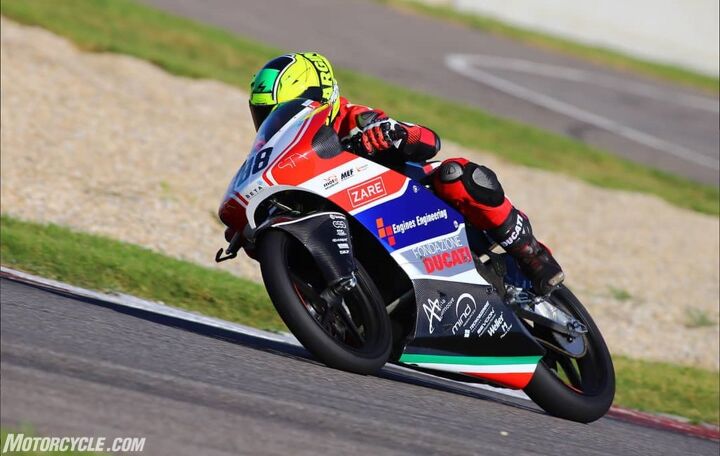
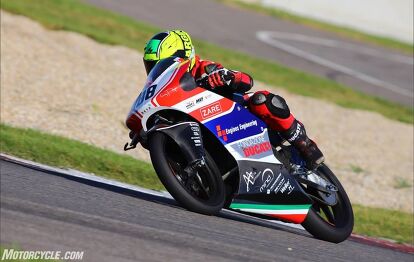















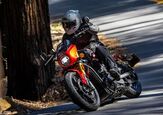
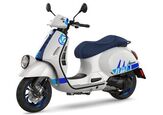
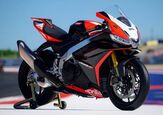
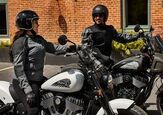
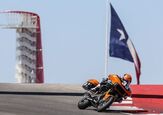

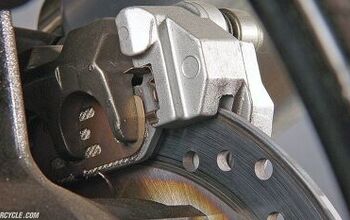
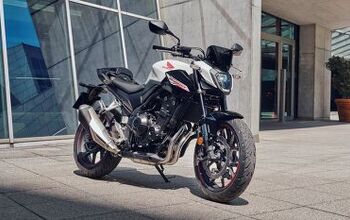


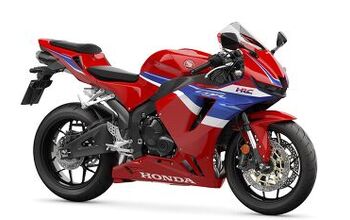
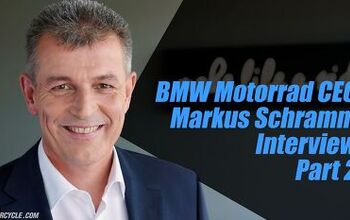
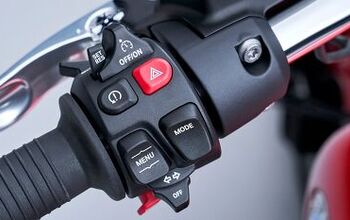
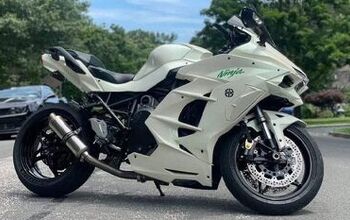
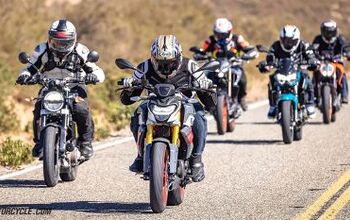


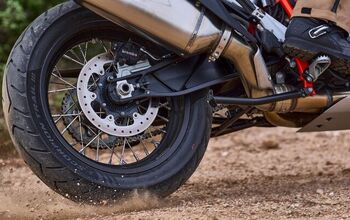
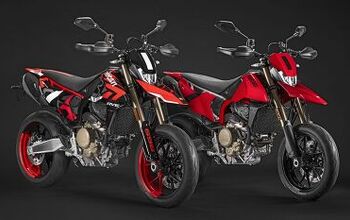


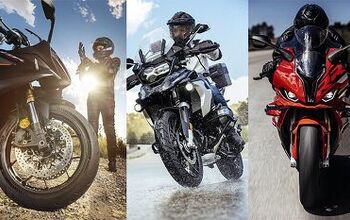

Comments
Join the conversation
Ducati e-scooter. Goes head to head with BMW. Allows for R&D for things to come.
These e-vehicles are going the wrong direction. Once the bugs are worked out of graphene super-capacitors lithium will go the way of the dodo bird. Supercapacitors will charge in minutes and have greater energy density by utilizing graphene which will allow plate thicknesses of molecular levels. It's coming. There are already commercial super-capacitors that are replacing industrial lead-acid applications.
Graphene is also not poisonous unlike the toxic lithium compounds